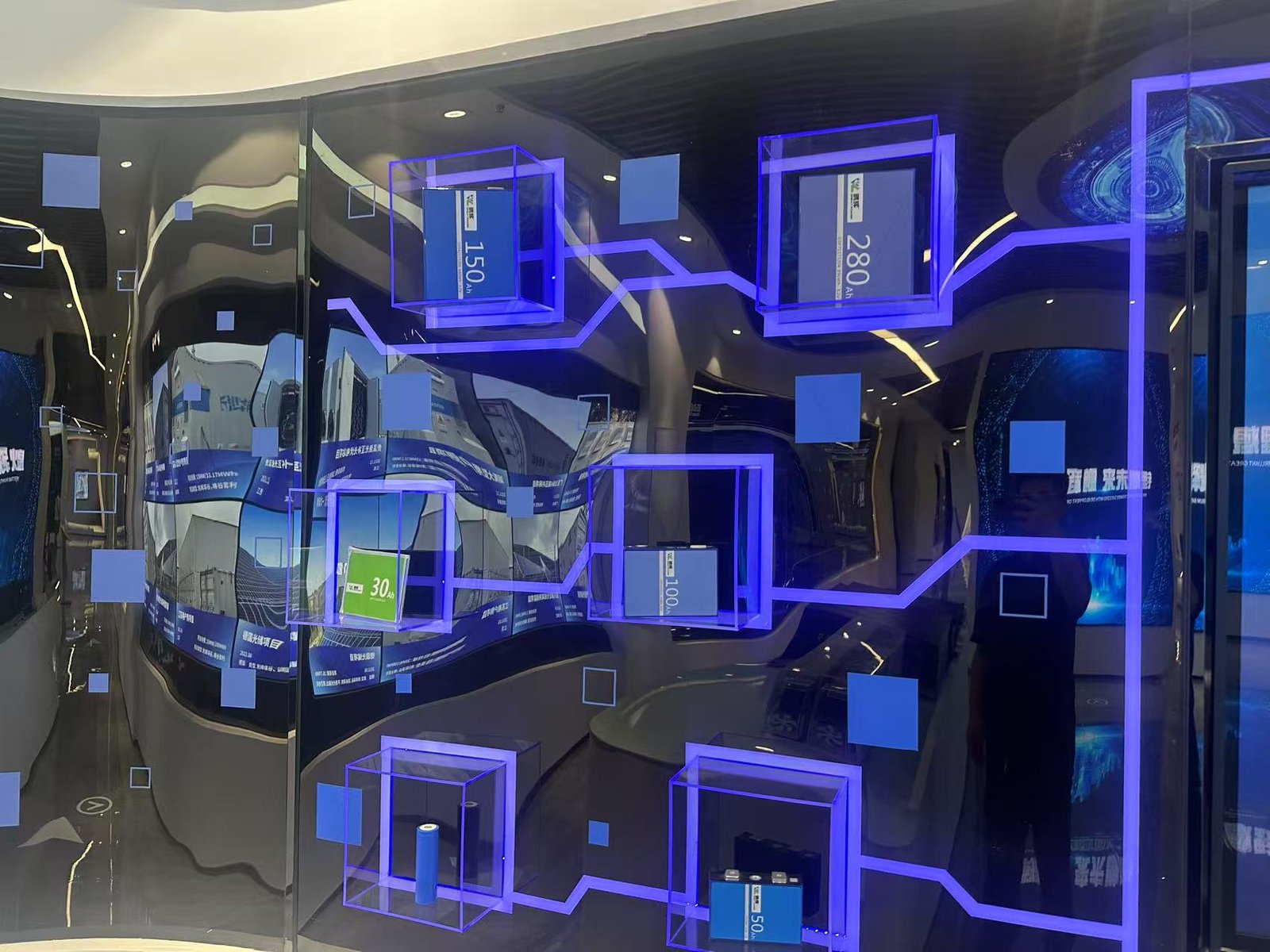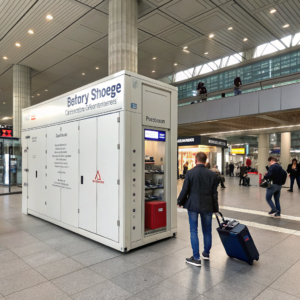What Is a Solar Tracking System and Is It Worth It?
•
Struggling to maximize your solar energy output? Solar tracking systems dynamically adjust panel angles to follow the sun's path, but their added cost raises important questions about value.
Solar tracking systems increase energy production by 25-45% by keeping panels optimally aligned with the sun, but their higher cost and maintenance requirements make them most viable for commercial installations with ample space.
For property owners weighing solar options, understanding tracking technology's capabilities and limitations is crucial. Let's examine how these systems work and when they justify their premium price.
Single-Axis vs. Dual-Axis: How Tracking Systems Work?
Why accept fixed solar panel angles when tracking systems can follow the sun? These mechanical marvels come in two main configurations with distinct performance characteristics.
Single-axis trackers rotate panels east-to-west following the sun's daily movement (15-25% gain), while dual-axis systems also adjust for seasonal elevation changes (30-45% boost) at higher cost and complexity.
Tracking System Mechanics and Comparisons
-
System Architectures
- Single-axis: Horizontal rotation (1 motor)
- Dual-axis: Horizontal + vertical rotation (2 motors)
- Fixed-tilt: Stationary mounting (baseline)
-
Performance Metrics Tracker Type Energy Gain Maintenance Ideal Climate Single-axis +15-25% Moderate Sunny regions Dual-axis +30-45% High Variable weather Fixed-tilt Baseline Low All climates -
Technical Considerations
- Power consumption (trackers use ~5% of generated power)
- Wind resistance requirements
- Foundation and grounding specifics
Installation Note: Dual-axis systems typically require 30-50% more space than fixed arrays due to their movement range.
How Much More Energy Can Trackers Generate?
Can mechanical sun-following really transform solar output? The numbers reveal impressive gains, but with important geographic and seasonal variations.
In ideal conditions, single-axis trackers produce 20-30% more annual energy than fixed systems, while premium dual-axis models can reach 35-45% gains, particularly at higher latitudes with greater seasonal sun angle variation.
Quantifying Tracking Benefits
-
Geographic Variations
-
Equatorial regions: 10-15% advantage (consistent sun angles) Location Single-axis Gain Dual-axis Gain Arizona 22% 35% Germany 28% 42% Brazil 18% 28%
-
-
Seasonal Patterns
- Winter gains often exceed summer benefits
- Morning/evening production extends by 1-2 hours daily
-
System Scaling
- Larger arrays see better ROI (economies of scale)
- Commercial systems >100kW benefit most
Cloud Impact: Tracking advantages diminish in frequently overcast conditions where diffuse sunlight dominates.
When and Where Are Trackers a Good Investment?
Should you pay extra for solar tracking? The answer depends on your location, energy needs, and budget in a complex cost-benefit equation.
Tracking systems deliver best ROI in sunny regions with high electricity rates (≥$0.20/kWh) and sufficient land, typically justifying their 15-30% premium cost for commercial/utility installations over 50kW.
Investment Decision Factors
-
Financial Considerations
- Payback period extension by 2-5 years vs fixed systems
- Maintenance cost averaging 0.5-1% of system cost annually
-
Site Requirements Factor Tracker Needs Fixed Array Needs Space 20-50% more Standard Slope <10° preferred More flexible Soil Stable/firm Less critical -
Use Case Analysis
- Best for: Large-scale solar farms, agricultural operations
- Marginal: Residential rooftops, small commercial
- Not advised: Windy coastal areas, space-limited sites
Pro Tip: Consider hybrid systems - fixed-tilt for rooftops with ground-mounted tracked arrays where space allows.
Conclusion
Solar tracking boosts output significantly but adds complexity - making these systems ideal for large, sunny installations where the extra energy justifies their premium cost and maintenance.





